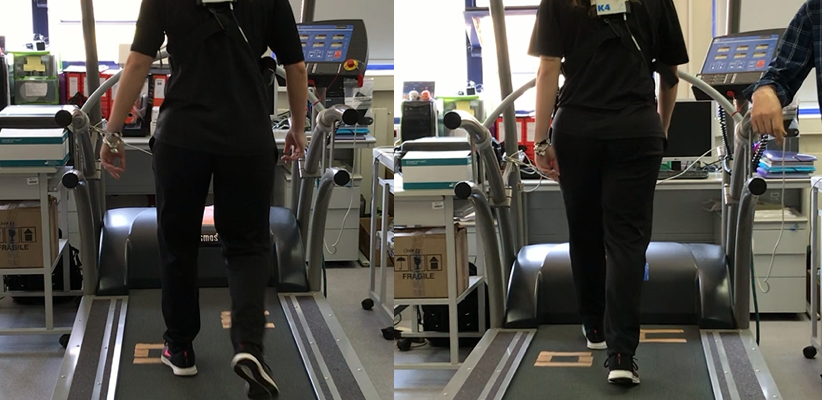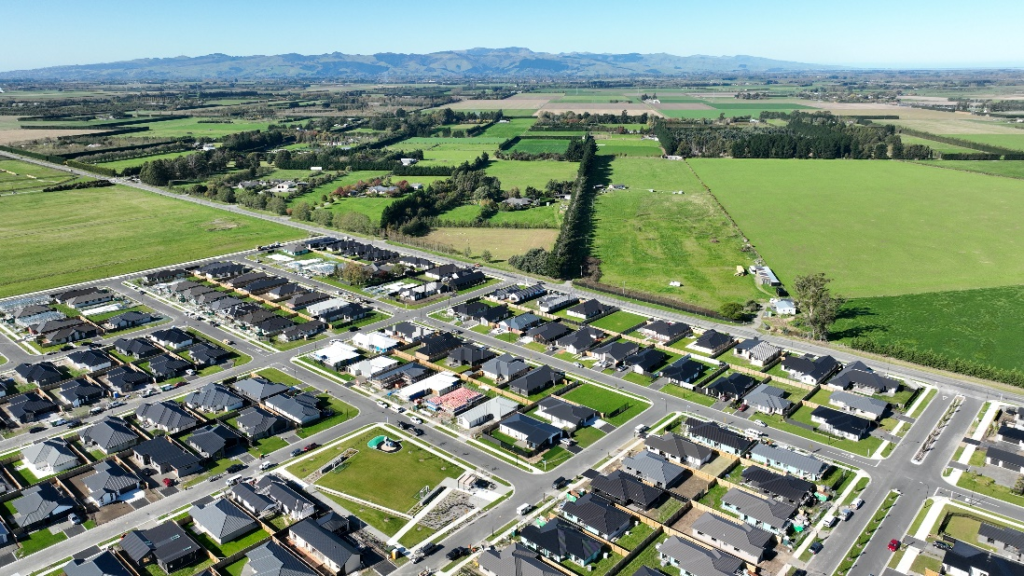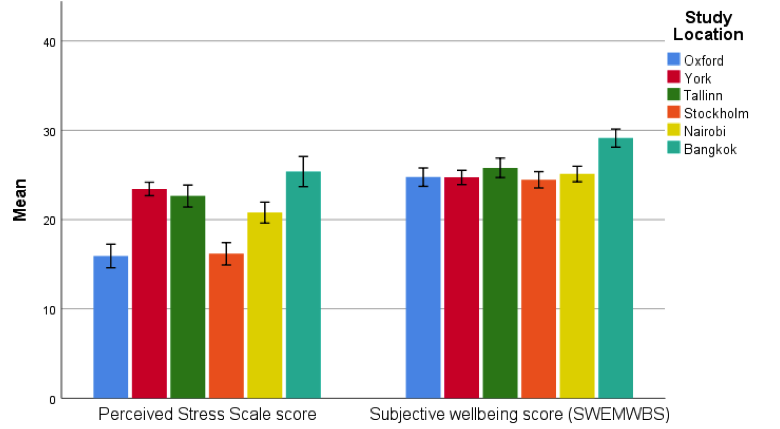City Know-hows

Target audience
City authorities, urban designers, landscape architects
The problem
The range and variety of movement has been and is being eliminated from urban environments. These are often designed for lowest level of agility and ability, even where there is enough space to provide other more challenging options. A lack of opportunities and nudging of people to exercise as a separate activity from everyday walking is leading to inactivity pandemic resulting in cardio-respiratory problems.
What we did and why
To bridge the gap between physiological theory and the application in urban design, we designed a combination experiment. This included 26 participants walking on a plain treadmill in a laboratory, and then stepping stone imitations at the same speed. Physiological data was collected and compared using a heart rate monitor and a breath-by-breath metabolic system. This was supplemented by a questionnaire about body reactions and likelihood to perform a similar exercise in a life situation.
Our study’s contribution
This study adds a new criteria to consider designing urban landscapes. It supportes opportunities and encouragement for ‘moderate exercise’ (increasing breathing and heart rate) to help make the population healthier.
Impacts for city policy and practice
New criteria can be applied through adding steppingstones to public realm, creating adventurous landscapes in parks and boulevards, without affecting accessibility. We must reconsider the balance between risk of falling now; and health deterioration over years.
Further information
Anna Boldina – Active urbanism research and design: Landscape design research encouraging physical activity
Full research article:
Active urbanism: heart rate and oxygen consumption comparison when walking on imitation steppingstones versus a plain surface by Anna Boldina, Henry C. Chung, Amândio Manuel Cupido Santos & Koen Steemers
Related posts

As the global urban population grows, food production and housing are currently ‘competing’ with each other for land on the edges of cities. Both essential urban components, this research supports town planning and urban design professionals to explore alternative peri-urban land use typologies, where food production and housing co-exist for greater urban health and resilience.


Looking at city water features as therapeutic blue urban spaces. Based on the architectural redesign of a water fountain in Valetta Malta. We studied its restoration and conservation to understand its potential influence as a therapeutic blue urban space in the public realm.